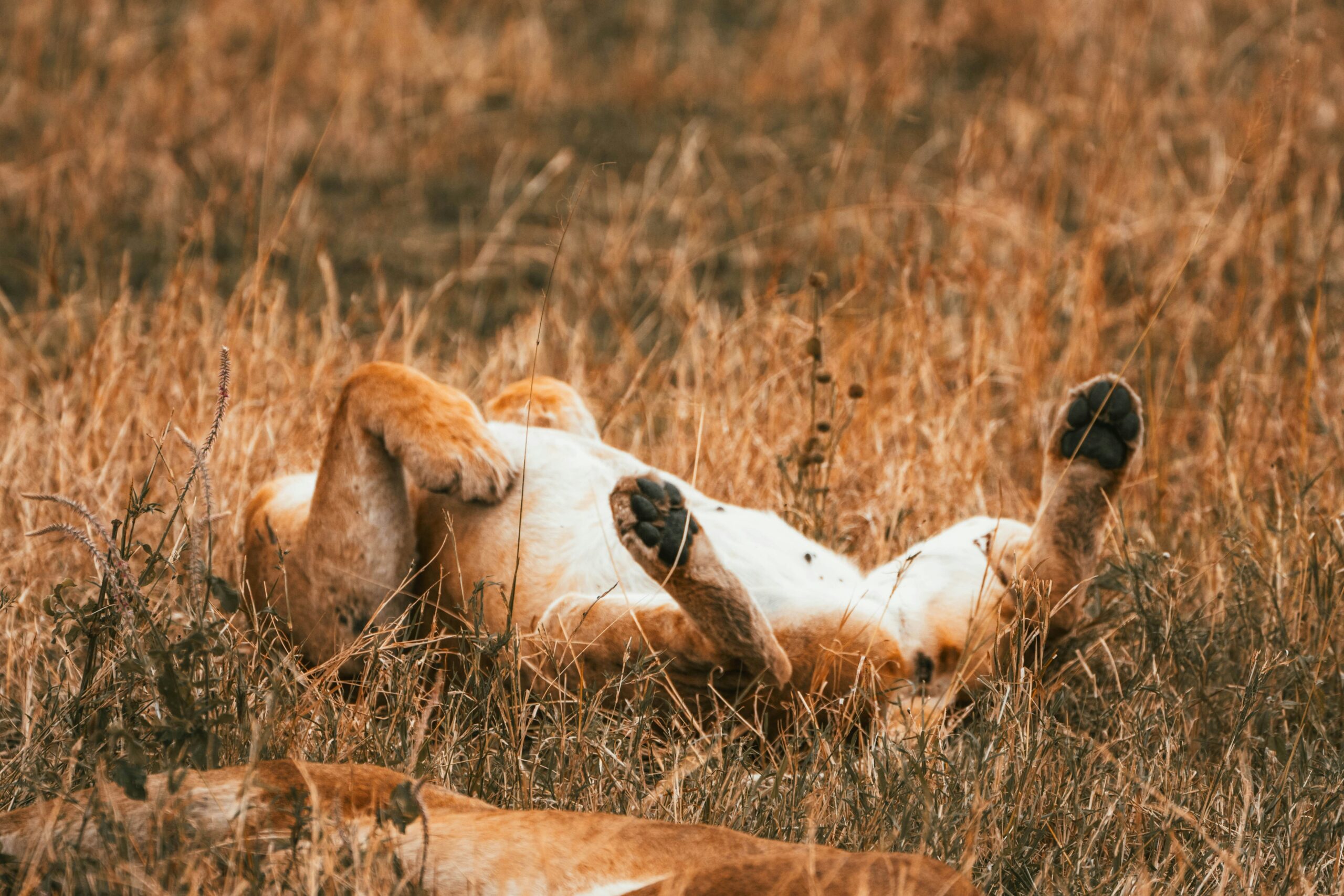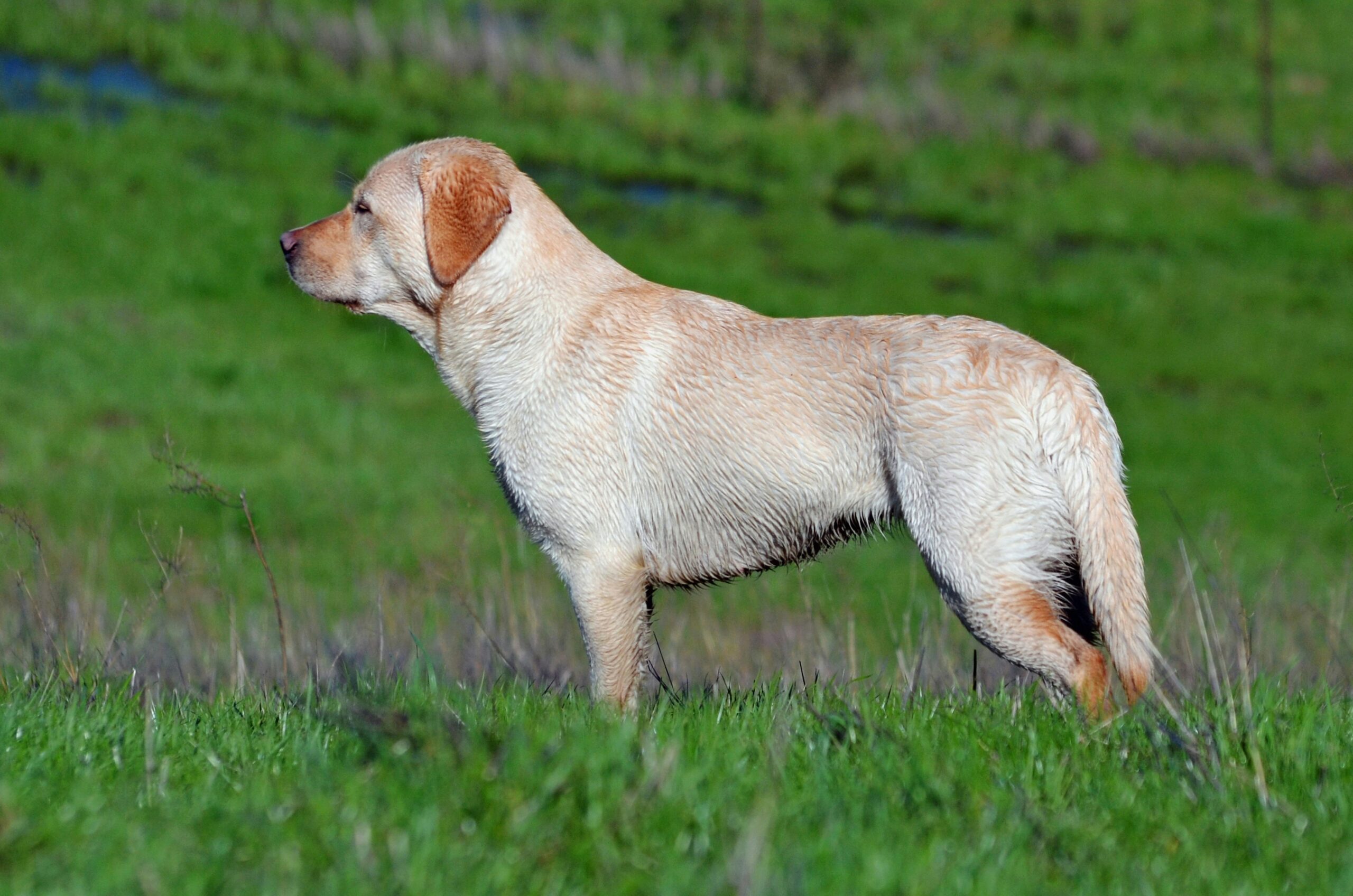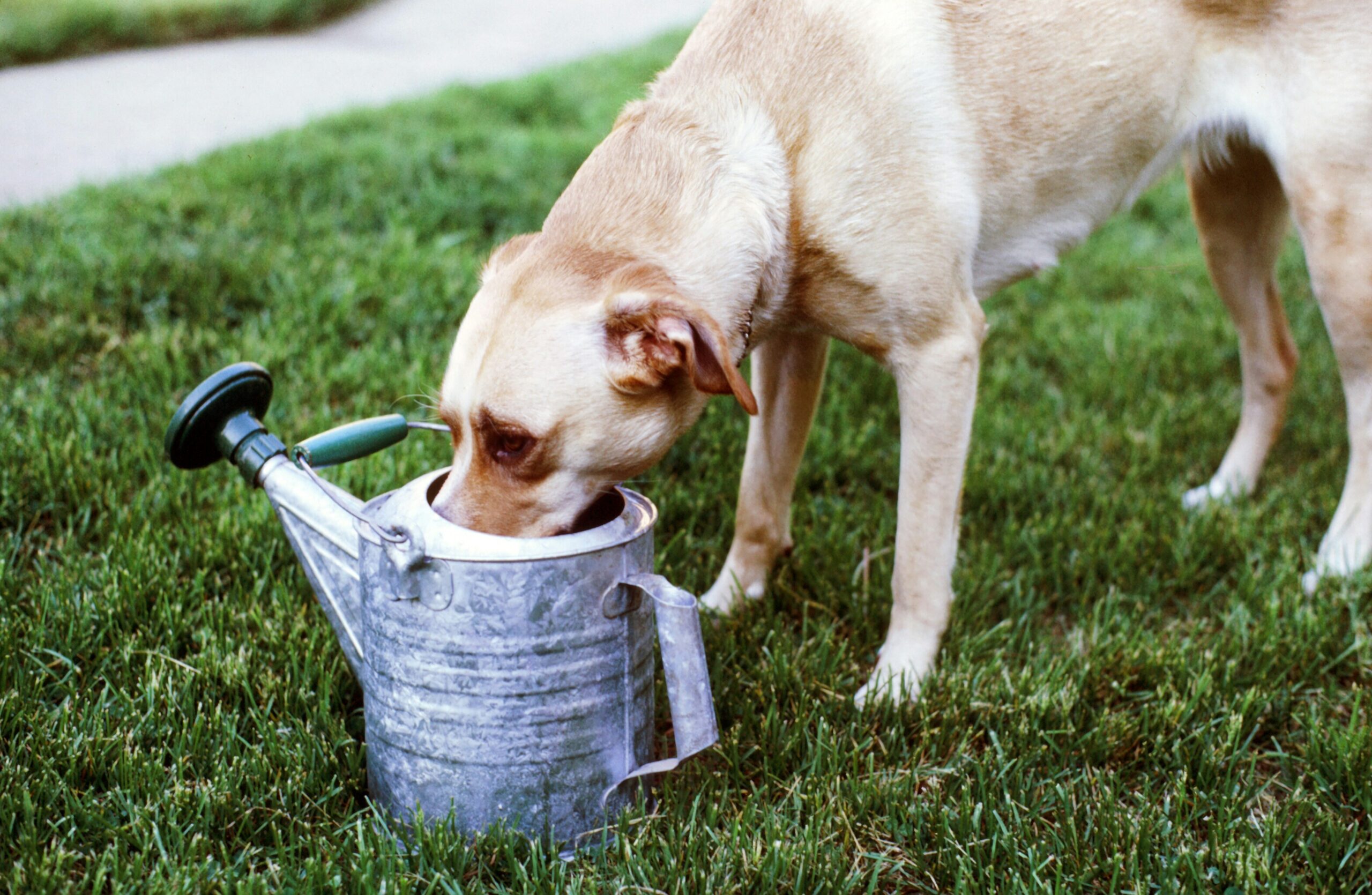Ever watched your hunting dog collapse mid-run, panting like a jet engine? Yeah, we’ve all been there. When it comes to specialized pet food for hunting dogs, hydration and electrolyte balance are game-changers—literally. But what if I told you that skipping electrolyte replenishment could be costing your four-legged athlete their stamina?
In this blog post, we’ll dive into the world of electrolyte replenishment for hunting dogs. You’ll discover why it matters, step-by-step tips on how to incorporate it into their diet, and even some real-world examples (with a juicy failure story thrown in). So grab your coffee—and let’s get started!
Table of Contents
- Key Takeaways
- Why Electrolytes Matter for Hunting Dogs
- Step-by-Step Guide: Adding Electrolytes
- Tips & Best Practices
- Examples from Real Hunters
- Frequently Asked Questions
- Conclusion
Key Takeaways
- Hunting dogs lose critical electrolytes during intense exercise.
- Electrolyte replenishment can prevent dehydration and fatigue.
- Not all supplements are created equal; choose carefully based on ingredients.
- Dogs need more than just water—they need balanced minerals too.
Why Do Electrolytes Matter for Hunting Dogs?
Picture this: It’s 90°F out, and Fido has just spent two hours chasing ducks through marshy terrain. His tongue is hanging out further than a toddler’s tantrum, his paws are muddy, and he’s clearly wiped. Why? Because hunting isn’t just mentally taxing—it’s PHYSICAL. These high-energy activities lead to significant sweat loss (yes, dogs sweat…kind of).
Sodium, potassium, magnesium, and calcium—not exactly words you’d associate with puppy snacks, right? BUT, these electrolytes play crucial roles in muscle function, nerve signaling, and overall hydration levels. Without them, your pooch risks cramps, lethargy, or worse: heatstroke.
Here’s the painful truth about my first attempt at feeding my Labrador retriever an “energy boost” snack without proper electrolyte awareness:
“I once gave Max plain chicken broth after a long hunt because I thought it’d help him recover faster. Spoiler alert: He ended up bloated and sluggish for the next run.”
Lesson learned: Not every liquid fix works wonders. #PetParentFail

Step-by-Step Guide: How to Add Electrolytes Safely
Step 1: Consult Your Vet
“Optimist You:” *Just follow these steps!*
“Grumpy You:” Ugh, fine—but ONLY if coffee’s involved.
Vets aren’t optional when tweaking nutrition plans—always check before adding anything new to your dog’s regimen.
Step 2: Choose High-Quality Supplements
Look for products specifically designed for active dogs. Key ingredients to prioritize:
- Potassium citrate
- Sodium chloride
- Magnesium sulfate
Step 3: Integrate Gradually
Start small! Mix powder-based supplements into meals gradually over several days to monitor tolerance.

Tips & Best Practices
- Avoid human sports drinks: They often contain too much sugar and artificial additives harmful to pups.
- Monitor hydration: Always provide fresh water alongside electrolyte-rich foods.
- Create routines: Pair supplementation with pre-hunt rituals for consistency.
Examples from Real Hunters
Jane D., owner of a golden retriever named Scout, shares her success story:
“After switching Scout to a specialized blend containing electrolyte replenishment, his stamina skyrocketed. Last season, he retrieved twice as many birds!”
Pro tip: Jane uses a mix of freeze-dried liver treats sprinkled with powdered electrolyte formulas.

Frequently Asked Questions
Can I use table salt instead of electrolyte powders?
Nope. Table salt lacks essential nutrients like potassium and magnesium found in professional-grade mixes.
Are there any side effects of excessive electrolytes?
Yes! Overdosing on sodium or potassium may cause gastrointestinal upset or kidney issues.
My dog hates flavored supplements. What now?
Try masking taste with peanut butter or yogurt—a chef’s kiss solution for picky eaters!
Conclusion
To sum it up, electrolyte replenishment isn’t just another trend—it’s science-backed fuel for your hardworking canine companion. Remember, consult the vet, test slowly, and celebrate those tail wags along the way. And don’t repeat my chicken-broth blunder unless you want to turn your pup into a couch potato overnight.
Final pep talk: Keep caring, keep innovating, and remember—like a Tamagotchi, your pup’s health needs daily love and attention.


